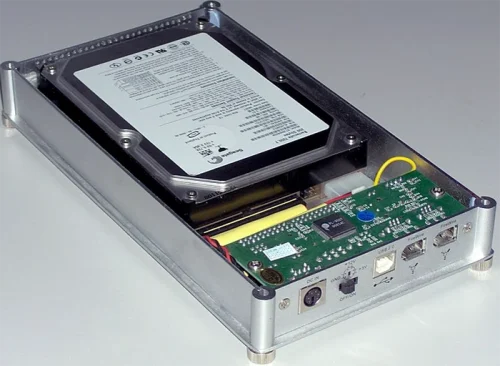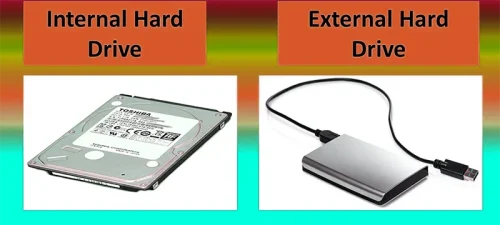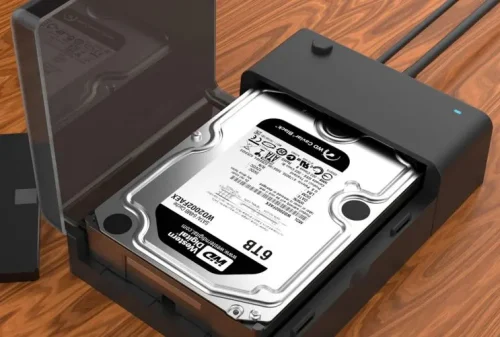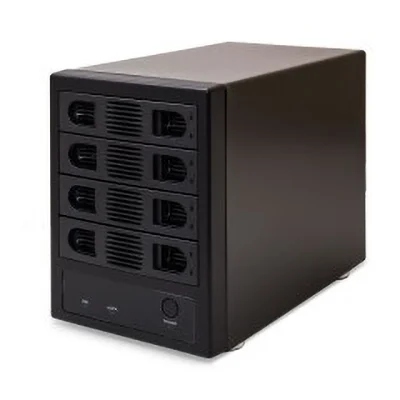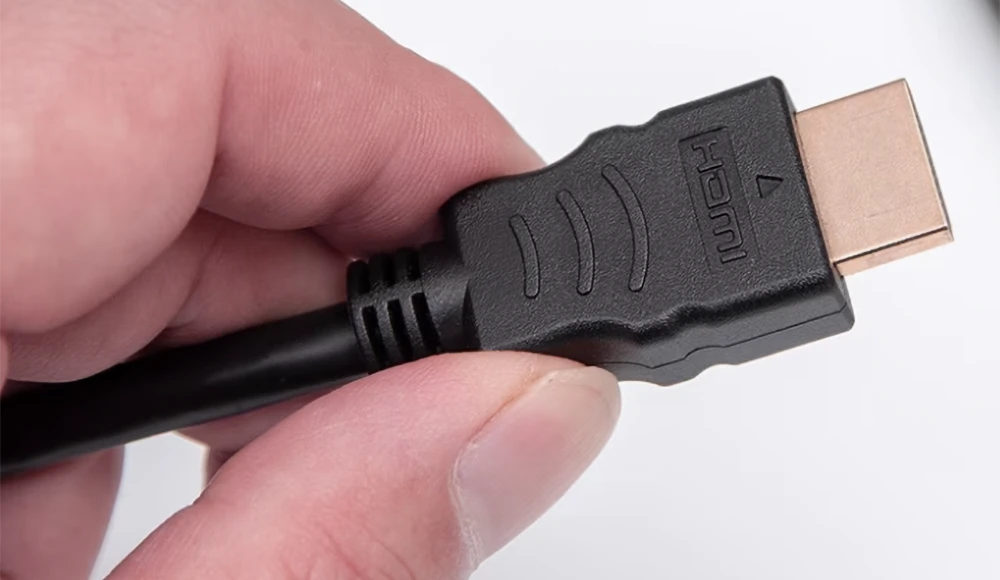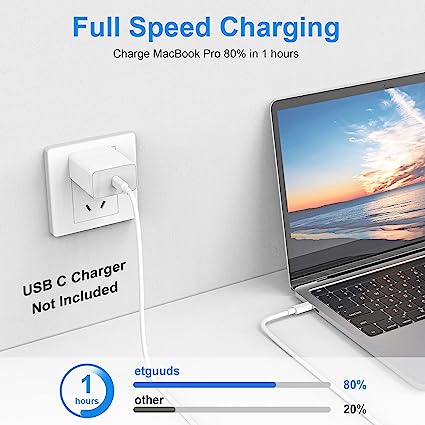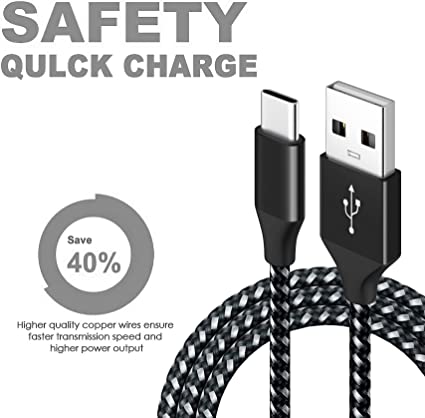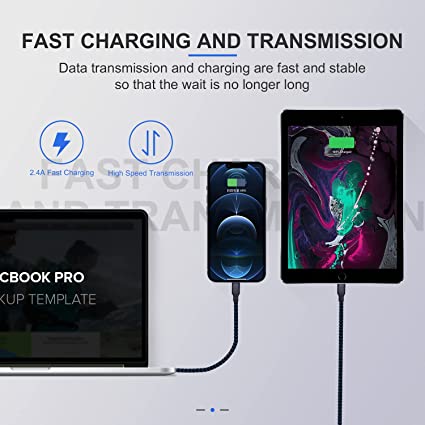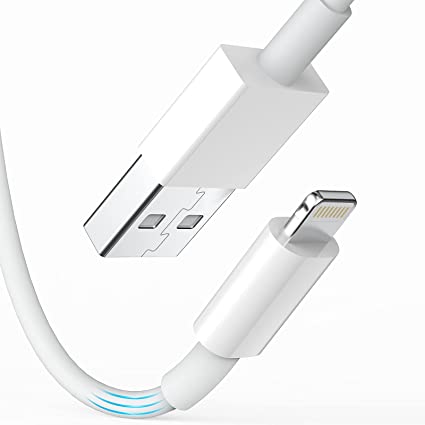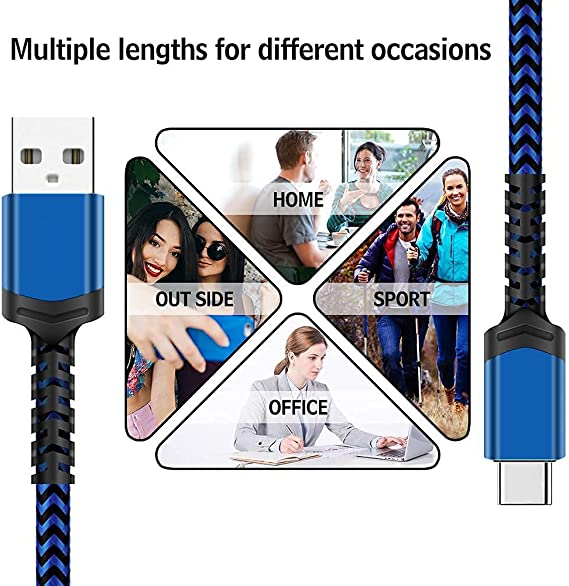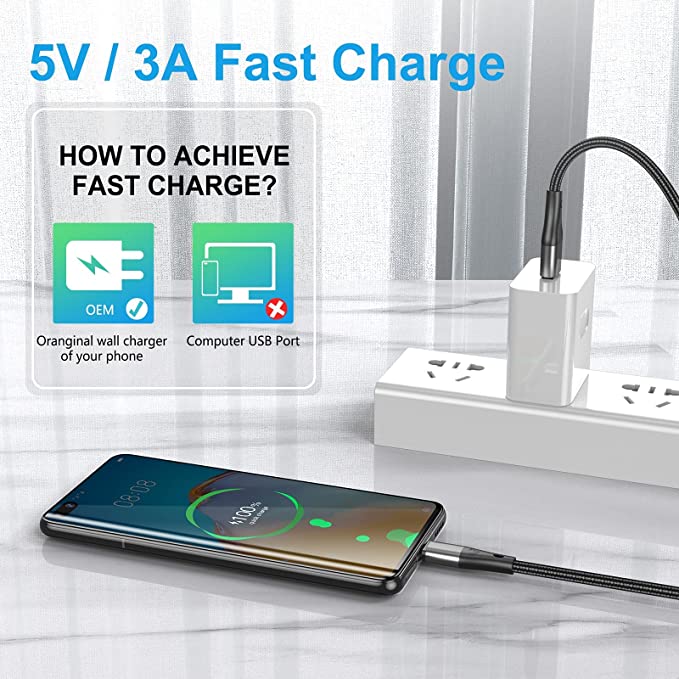Everything You Need to Know About Hard Drive Enclosure
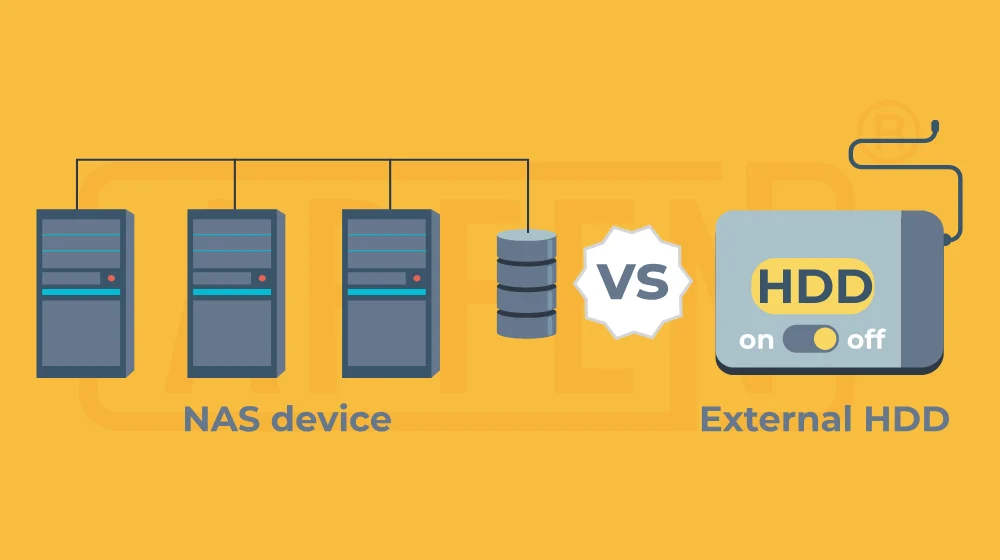
We’ve all been there – photos, videos and documents piling up faster than you can keep track of. Before you know it, your internal drive is bursting at the seams and you need more space fast. That’s where external storage comes in. But there are different types to choose from and it’s not always clear what the differences are or which one will work best for your needs.
In this article, we’ll break down hat is HDD enclosure what does network attached storage mean and the key differences between hard drive enclosure vs NAS. From capacity and compatibility to features like file sharing and remote access, we’ll compare what each has to offer in easy-to-understand terms. By the end, you’ll have a much better understanding of which backup solution – the simple external HDD enclosure or full-fledged NAS – is right to protect your valuable digital files for the long run. Let’s get started!
What Is Hard Drive Enclosure?
At its simplest, a drive enclosure is a metal or plastic housing designed to cover and protect a disk drive from damage. An external hard drive enclosure holds a hard drive but needs to connect to a computer or server to work. It is not attached to a network like a NAS device. With an external hard drive enclosure, the hard drive can only be used from the one computer it is plugged into.
You don’t need a network to use an external hard drive enclosure. It connects directly to a computer through a port like USB, SATA or SAS. No special setup is required – just plug it in. Files on the drive can only be accessed from that one computer it is attached to.
An external hard drive enclosure is a basic and affordable storage option. Since it doesn’t use a network, setup is simple – simply connecting the drive to your computer. It provides high performance as a direct connection without network speeds to slow it down. For easy file backup without complex networking, an external hard drive enclosure may be a good choice.
Functions of Hard Drive Enclosure:
As mentioned above, at its simplest, a drive enclosure is a metal or plastic housing designed to cover and protect a disk drive from damage. Drive enclosures can house single or multiple drives and also contain a method for connecting the drive to a host computer. It lets you take an internal hard drive from inside a computer and use it outside as portable storage. Enclosures let you put almost any hard drive size into them. As long as the enclosure is big enough to fit the drive, it will work. Many enclosures can support very large hard drives of 1 terabyte or more.
The enclosure protects the hard drive and lets it plug into a computer in different ways, like USB or Thunderbolt. This makes it easy to move files between computers. Some enclosures also have extra features like cooling fans to keep hard drives from overheating. Others can connect to Ethernet for wired network use.
Applications of Hard Drive Enclosure:
Key benefits to using external disk enclosures include: Adding additional storage space and media types to small form factor and laptop computers, as well as sealed embedded systems such as digital video recorders and video game consoles. Besides this main advantage, here are some more common applications for using a hard drive enclosure.
- RAID Configuration: Enclosures let you set up RAID arrays with multiple drives for better speed or redundancy compared to a single internal drive.
- Data Transfer: They’re useful for transferring large files between computers without a network by simply swapping drives between your computer and enclosure laptop hard drive.
- Network Access: Some enclosures connect to routers for network-attached storage, letting you access files from any device on your home network.
- Drive Recovery: Enclosures help recover data from damaged internal drives by connecting them externally to access files on a working computer.
- Hot Swapping: They enable easily removing and replacing drives without shutting down the computer first for convenient drive changes.
Differences Between Internal and External Hard Drive Enclosures.
Let put it simply, Internal hard drives would go inside of your computer and have no USB connection. External hard drives will come in an enclosure with a USB/SATA/Firewire/etc. While both serve the same basic purpose of housing a hard drive, there are some key differences between the two. Here are some of the main differences that you should know about both types:
- Installation
Internal hard drive enclosures are installed inside your computer case, typically in a 3.5 in external hard drive enclosure or 2.5 in hard drive enclosure. This can make them more difficult to install than external enclosures, which simply connect to your computer via a USB or other interface cable. Click to see the common connector port types found in modern devices. - Portability
One of the biggest advantages of external hard drive enclosures is their portability. Since they connect to your computer via an interface cable, you can easily take them with you on the go and use them with multiple computers. Internal hard drive enclosures, on the other hand, are not as portable since they are installed inside your computer case. - Connectivity
External hard drive enclosures typically connect to your computer via a USB, Thunderbolt, or other interface cable, while internal hard drive enclosures connect directly to your motherboard via a hard drive sata enclosure or IDE cable. This can affect transfer speeds and compatibility with different devices. - Capacity
Both internal and external hard drive enclosures come in a variety of capacities, ranging from a few hundred gigabytes to several terabytes. However, internal hard drive enclosures can generally accommodate larger drives than external enclosures, since they are not limited by size or power constraints. - Durability
External hard drive enclosures are typically designed to be more rugged and durable than internal enclosures, since they are more likely to be moved around and exposed to the elements. Look for features like shock-resistance and rugged casing if durability is a concern. - Price
External hard drive enclosures are generally more expensive than internal enclosures, since they require additional components like a power supply and interface cable. However, the price difference can vary depending on the specific features and capacities of each enclosure.
Thats all, these were some main differences between both the types. Both types have their own advantages and disadvantages.
How Does A Hard Drive Enclosure Work?
Drive enclosures provide power to the drives therein and convert the data sent across their native data bus into a format usable by an external connection on the computer to which it is connected. (Learn more about USB packets: fields, data types, and transfer modes.) For some enclosures, the conversion process simply involves transferring the signal between different types of ports/connectors.
The hard drive normally talks to a computer using one kind of connection, like SATA. But computers don’t have room for extra drives outside of them. The enclosure solves this. It gives power to the hard drive from a power adapter. Then it changes the hard drive’s normal connection language into a format the computer does understand.
It contains the key components needed to turn an internal hard drive into a portable storage device. At the core is a durable enclosure case that provides physical protection for the hard drive. This case is usually made from sturdy plastic or metal materials that can withstand bumps and drops.
Inside the enclosure case, the hard drive itself is securely mounted and held firmly in place. This is often done through internal mounting brackets, screws, or another mounting system. With the hard drive safely fastened, it can be carried or moved without risk of damage.
To facilitate connectivity, the enclosure contains various input and output ports. Common ports include an interface port, such as USB, and a power port. Interface cables running from these ports allow the hard drive data and power connections. USB cables are frequently used to interface with computers, while power cables connect the hard drive to an external power source.
With all the components assembled, the USB hard drive enclosure is ready for use. The user simply needs to plug the power cable into the hard drive to supply electricity. The interface cable is then connected from the enclosure to a computer. The computer recognizes the enclosed hard drive and can read and write data to it as if it were an internal storage device. This enables the portable transportation and usage of the hard drive between different machines. Through its sturdy, portable design, the hard drive enclosure brings the functionality of an external drive to any internal hard disk.
How To Use a Hard Drive Enclosure?
It’s simple to use a hard drive enclosure. But as there are two types internal hard drive enclosure and external hard drive enclosure there is a slight difference how you can use both types. Here is how to use an internal hard drive enclosure versus an external one:
⑴ Using an Internal Hard Drive Enclosure:
- Power down your computer and unplug it.
- Open the computer case and locate an available drive bay.
- Install your hard drive into the enclosure, securing it with screws.
- Connect the SATA data and power cables from the enclosure to your computer’s motherboard.
- Close the computer case and power it back on.
- The operating system should detect the new internal drive. Format and use it like a regular installed drive.
⑵ Using an External Hard Drive Enclosure:
- Determine the type of external connection the enclosure supports, such as USB, Thunderbolt, eSATA. A USB hard drive enclosure is most common.
- Open the enclosure by loosening any screws and sliding off the outer case.
- Insert your internal hard drive fully into the enclosure, aligning with screw holes on the enclosure.
- Secure the hard drive into place with screws through the enclosure and into the hard drive.
- Connect the hard drive enclosure to the computer using an external interface cable (USB/Thunderbolt).
- Connect the computer to a power source. Turn on.
- The operating system should detect the new connected drive. You can now access and use the drive through your computer’s external drive folder.
- When finished working, safely eject the drive before unplugging it from power.
The main differences are that an internal enclosure requires installing inside a PC case, while an external one remains outside and connects directly to a running computer via an interface cable. Other than installation location, the basic process is quite similar.
Which Hard Drive Enclosure Do I Need?
Now you know all about the hard drive enclosure functionality and its types. But if you are in the market for a new hard drive enclosure you might get overwhelmed by the myriad of options available. In this section, we will break down the different types of hard drive enclosures to help you determine which one best suit your needs. From multi-bay enclosures to those with additional features like a fan, USB Type-C interface, or SAS/SATA/SCSI compatibility, we will cover it all.
Multi- Bay Hard Drive Enclosure:
A multi-bay hard drive enclosure is a device that allows you to connect multiple hard drives to your computer or other devices simultaneously. It provides a convenient and organized way to expand your storage capacity, create backups, or set up a RAID (Redundant Array of Independent Disks) configuration. These enclosures typically come with multiple drive bays, like 5 bay hard drive enclosure ,8 bay hard drive enclosure, 10 bay hard drive enclosure, 12 bay hard drive enclosure
etc. It allows you to install and access multiple hard drive enclosure in a single unit.
When considering a multi-bay hard drive enclosure, the primary factor to consider is the number of drives you need to accommodate. These enclosures come in various configurations, ranging from dual-bay enclosures to larger options with six or more bays. Your choice should depend on your current storage needs and any future expansion plans you may have.
Multi-bay enclosures are particularly useful for scenarios where data redundancy, backup, or storage expansion is required. For instance, in a home NAS setup, you might want to use multiple hard drive enclosure in a RAID configuration for both redundancy and increased storage capacity. Similarly, in professional environments, multi-bay enclosures can be used for centralized storage and backup solutions.
Hard Drive Enclosures with Different Functions:
Hard drive enclosures come with different connectivity options to interface with your computer or other devices. The most common options include USB hard drive enclosure, Thunderbolt hard drive enclosure, hard drive sata enclosure and eSATA .
USB is the most ubiquitous option, offering compatibility with a wide range of devices. It comes in different standards, including USB 2.0, USB 3.0, USB 3.1, and USB 3.2, each offering varying data transfer speeds. USB 3.0 and later versions are preferred for faster transfer rates.
Thunderbolt hard drive enclosure, offers even faster data transfer speeds compared to USB, making it suitable for professionals working with large files, such as video editors or photographers. Thunderbolt 4 hard drive enclosure are commonly used in creative industries where speed and performance are paramount.
eSATA provides a direct connection to your computer’s SATA port, offering high-speed data transfer rates. While less common than usb hard drive enclosure or Thunderbolt hard drive enclosure, eSATA is favored for its reliability and speed in certain applications, such as professional audio/video editing.
The choice of connectivity option should depend on your device’s available ports and your requirements for speed and compatibility.
Additional Functions:
In addition to the number of bays and interface type, hard drive enclosures can come with various additional features. Some enclosures are equipped with a fan to help keep your drives cool during extended use, while others support the latest USB Type-C interface for faster data transfer rates. If you work with enterprise-level drives, you may require an enclosure with SAS, SATA, or SCSI compatibility. With the advancement of technology, there is also a hard disk protocol for NVMe technology that provides faster data transfer rates than traditional SATA drives. Consider your specific needs and choose an enclosure that offers the functions you require.
How To Choose the Best Hard Drive Enclosure?
Choosing the perfect hard drive enclosure can be quite confusing, especially if you’re not sure what features to look for. Here are some things to consider before making your purchase:
- Heat Management
If you plan on using an enclosure for ssd hard drive, it’s important to consider heat management. Your computer works hard to process your data, and that can sometimes mean that your hard drive could get overheated if you’re not careful. Look for an external hard drive enclosure that has a heat management system, such as thermal pads or boards, or ventilation holes to keep your hard drive safe. - Transfer Rate
Another important factor to consider is the transfer rate of the hard drive enclosure. This is usually measured in gigabits per second. A USB 3.1 enclosure can transfer up to 10 Gbps, but SATA limitations usually prevent you from getting up to that speed. A SATA transfer will give you around 1 Gbps at best, and there’s not much improvement if you get 3.1 instead of 3.0. Look for a hard drive enclosure that can give you up to 10 Gbps for the best performance. - Durability
External hard drive enclosures can be made out of a range of different materials, including metal, aluminum, or plastic. What matters most is how durable it is and how long it will last. Check user reviews to get an indication of the durability of the hard drive enclosure. You can also check the warranty period of the product, as this will give you some indication of how well it’s made. - Connection
The connection type of your hard drive enclosure is important. The vast majority of external hard drives will sync up with your PC through the use of a USB 2.0 and USB 1.1. Sometimes the hard drive will connect to your computer using FireWire. You should make your decision on the type of connection based on the ports you have already on your PC. - Physical Size
The size of the external hard drive enclosure that you need is largely going to depend on the size of the overall hard drive. The size refers to the drive’s width. If you have a 2.5-inch drive, get a 2.5 in hard drive enclosure. For a 3.5-inch hard drive, you need a 3.5-inch hard drive enclosure. Meanwhile, the soft EVA foam enclosure for 3.5 in external hard drive enclosure and enclosure for ssd hard drive is also ideal for aesthetic and shockproof purposes. - Price
Price is always an important factor to consider when it comes to buying an external hard drive enclosure. Set a reasonable budget before you set out to buy an enclosure, based on the quality of the enclosure and the features that are most important to you. - Other Features
Some hard drive enclosures come with additional features such as activity LEDs, off and on switches, and backup features. Look for an enclosure that has the features you need, such as offline cloning, which is ideal for moving information easily from one drive to the next without interrupting your work. Also, make sure that the device is coded to work with a large HDD otherwise you won’t be able to use all of the storage on the hard drive.
By considering these factors, you can choose the best hard drive enclosure for your needs, one that will keep your hard drive safe, provide fast transfer speeds, and offer the features you need.
Hard Drive Enclosure Vs. NAS: Which One is Best For You?
From hard drive enclosure vs NAS, you can note that while hard drives offer more portability, NAS offers more advanced options and flexibility with accessibility. But there is the risk of losing the data you save on both storage platforms. Simply we can say that, both hard drive enclosures and NAS devices have their own unique advantages and disadvantages. It’s important to carefully consider your specific needs and budget before making a decision. We already discuss about Hard drive enclosure in above sections, here more about what is network attached storage so you can have all the information when deciding between NAS vs hard drive enclosure.
Network Attached Storage Definition: Network-Attached Storage (NAS) is a dedicated file storage system that allows multiple users and devices to access data from a centralized disk capacity at the same time. Users can access the shared storage through an Ethernet connection within a local area network (LAN). NAS devices are typically managed through a browser-based utility and have a unique IP address on the LAN.
NAS is ideal for handling unstructured data such as text files, audio, websites, and videos. The primary purpose of using NAS is to collaborate and share data through multiple devices connected through a wireless router for easy data distribution.
Here are the main differences between a hard drive enclosure and NAS:
- Connection and Sharing Modes:
External hard drive enclosures and NAS servers differ in their connection and sharing modes. External hard drive enclosures connect directly to a single device, usually through a USB or eSATA port, and can be accessed only by that device. On the other hand, NAS servers are networked and can be accessed by multiple devices connected to the same network. This allows for easy sharing and collaboration among different users and devices. Additionally, NAS servers often come with advanced features such as remote access, data backup and recovery, and media streaming capabilities, which make them ideal for both home and business use. - Portability:
If you’re all about being on the move and taking your files wherever you go, a hard drive enclosure might be your best bet. These are like tiny, portable storage boxes that you can plug into any computer and boom, there are your files. They’re super handy for people who need access to their stuff on the fly.
But if you’re looking at NAS (Network Attached Storage), it’s a bit of a different story. Computer network attached storage or NAS devices are like little storage hubs that sit on your network at home or in the office. They’re not very portable because they need a dedicated spot to sit. You can’t just toss them in your bag and head out. Plus, they’re usually bigger and bulkier than hard drive enclosures, which can be a pain if space is tight. - Accessibility:
Both NAS and hard drive enclosures make it easy to get to your files, but they do it in different ways. With a hard drive enclosure, you just plug it into your computer and bam, there are your files. Simple, right? But if you forget to bring your hard drive with you, tough luck – your files are stuck wherever they are.
Now, NAS takes accessibility up a notch. It’s like having your own little storage cloud at home. You can access your files from any computer on your network, and even from far away if you set it up right. So even if you’re on vacation halfway around the world, you can still get to your files as long as your NAS is hooked up and running. - Capacity:
Here’s where NAS really shines. Because it’s connected to your whole network, it can handle a ton of storage. Like, way more than your average hard drive enclosure. With a hard drive enclosure, you’re limited to whatever space is on the drive – once it’s full, you either gotta start deleting stuff or get a new drive. But with NAS, you can keep adding more and more drives to expand your storage as much as you need.
| Quick Comparison Table of Hard Drive Enclosure vs NAS (Network Attached Storage) | ||
|---|---|---|
| Features | Hard Drive Enclosure | Network Attached Storage |
| Portability | Highly portable | Not very portable |
| Accessibility | Can be accessed without internet | Can be accessed remotely and with cloud |
| Storage Capacity | Static capacity, one device at a time | Dynamic capacity, multiple devices at a time |
| Connectivity | Connects to one device at a time | Connects to multiple devices at a time |
| User Interface | Simple interface | More complex interface |
| Cost | Generally, less expensive | Generally, more expensive |
| Backup Features | Basic backup features | Advanced backup features |
| RAID Support | Limited or no RAID support | Advanced RAID support |
Use Hard Drive Enclosures If:
- You need simple, direct-attached storage for a single computer or device.
- You have limited storage needs and don’t require advanced features like RAID or network sharing capabilities.
- You’re on a tight budget and need a cost-effective storage solution.
Use NAS If:
- You need centralized storage accessible to multiple users or devices within a network.
- You require advanced features such as RAID configurations, automatic backups, file sharing, media streaming, and remote access capabilities.
- You need scalability to accommodate future storage expansion needs.
- You value data security, redundancy, and easy management of your network storage environment.
The choice between a hard drive enclosure and a NAS ultimately depends on your specific needs and working environment. While hard drive enclosures are more portable, NAS devices offer more advanced features and flexibility with accessibility. Both options have their own advantages and disadvantages, so it’s essential to weigh them carefully before making a decision.
If you’re looking for a reliable and customizable external hard drive enclosure, consider APPHONE. Our team of experts can design and manufacture a solution tailored to your specific needs. Contact us today to learn more about our products and services.
What APPHONE Offers: Your Ideal Customized External Hard Disk Box Solution
If you’re in the market for an external hard disk box solution, look no further than APPHONE. Our company specializes in supporting demand trade for customized external hard disk boxes. We offer a wide range of customization options, including functions, interfaces, connector quantity, mold opening size and shape, and more.
At APPHONE, we understand that every customer’s needs are unique. That’s why we work closely with our clients to create customized solutions that meet their specific requirements. Our team of experienced engineers and designers will collaborate with you to create a product that fits your needs and budget.
We have established high-quality cooperation channels with trusted manufacturers. This allows us to offer competitive pricing and fast turnaround times without sacrificing quality.
Whether you need a large order of external hard disk boxes for your business or a custom solution for personal use, APPHONE has got you covered. Contact us today to learn more about our customization options and how we can help you create the perfect external hard disk box solution for your needs.
Consider these additional features based on your specific needs and preferences when selecting a hard drive enclosure.
Do I Need a Hard Drive Enclosure with Fan?
If you plan on using your laptop hard drive enclosure for extended periods or in a warm environment, opting for one with a fan can help prevent overheating and ensure your drives remain at a stable temperature. This can prolong the life of your drives and prevent data loss due to heat-related issues.
Should I Choose a Hard Drive Enclosure with USB Type-C Interface?
The USB Type-C interface offers faster data transfer rates and a reversible connector, making it a convenient choice for those who frequently transfer large files. If speed and ease of use are important to you, a hard drive enclosure with a USB Type-C interface may be worth considering.
Is SAS, SATA, or SCSI Compatibility Necessary for My Hard Drive Enclosure?
If you work with enterprise-level drives that require specific interfaces like SAS, SATA, or SCSI, choosing a compatible laptop hard drive enclosure is essential. Ensure that the enclosure you select supports the interface needed for your drives to ensure seamless compatibility and optimal performance.
What is the difference between a NAS and drive enclosure?
Since NAS can be connected to multiple devices together, they offer more storage capacity. External hard drive enclosures offer static storage capacity, as they can be connected to one device at a time. Once it’s full, you either have to delete some files or buy new ones.
Is a NAS better than an external hard drive?
Network-attached storage devices offer more functionality than external hard drives, allowing for operations such as remote storage data access by multiple users, more robust data protection and security, and flexible backup options.
What is the difference between a NAS and hard drive array?
Both NAS devices and raid hard drive enclosure are disk arrays. That is, they are a set of several hard disk drives (HDDs) and/or solid state drives (SSDs) that store large amounts of data, orchestrating the drives to work as one unit. The biggest difference is that NAS is configured to work over your network.
How long will HDD last in NAS?
In general, NAS drives are designed to be more durable and reliable compared to regular consumer-grade hard drives. They are built to handle continuous operation and are optimized for RAID configurations commonly used in NAS systems. On average, NAS drives are expected to have a lifespan of around 3 to 5 years.
Is A NAS faster than a hard drive?
NAS (Network Attached Storage) devices are typically better suited for use with SSDs (Solid State Drives) rather than HDDs (Hard Disk Drives). SSDs offer several advantages over HDDs for NAS applications. Firstly, SSDs have faster data transfer speeds, resulting in improved performance and quicker access to files.
Does HDD need enclosure?
Hard drive enclosures are often used to house your old hard disk after you have replaced it in your laptop or PC with a fast SSD. An external enclosure allows you to enjoy this old hard disk for years to come. A good hard disk enclosure is necessary to store your data safely.
Can I use SSD in HDD enclosure?
An external storage enclosure can be used with both HDDs or SSDs, and connects your old hard drive to USB ports while protecting it, turning it into a fully-portable external storage device.
Can you put SSD in HDD enclosure?
Yes, you can put an SSD inside an external enclosure and connect it to your laptop like a regular hard drive. In fact, it is a popular way to use an SSD as an external drive for additional storage or backup purposes.
Can we use normal HDD for NAS?
Yes, you can use normal HDDs for NAS (Network Attached Storage) systems. NAS devices are designed to work with a variety of hard drives, including both traditional HDDs and newer solid-state drives (SSDs). Normal HDDs are commonly used in NAS systems due to their affordability and high storage capacity.
Are NAS hard drives slower?
NAS devices will not transfer data as fast as a direct connected device will, such as an external USB or eSATA drive. Typical data transfer speeds range from 3MB/s to 20MB/s for consumer level NAS devices.
Is SSD better for NAS?
SSDs offer faster read and write speeds and higher endurance than traditional hard disk drives (HDDs). If you need to use your NAS for high-speed data transfer or to work with large files, such as video and audio files or virtual machines, then using an SSD can greatly increase efficiency and speed.
Can HDD last 10 years?
Solid-state drives also have a longer lifespan—about 10 years or more. Hard disk drives have more moving parts and are less durable and more likely to fail than their solid-state counterparts. For this reason, hard disk drives tend to last between 3–5 years.
Share This Artcle:

Fast delivery
Fastest delivery within 22 days

Quick proofing
Fastest 3-day proofing cycle

After-sale protection
24-month long warranty

1V1Customer Service
Professional customer service follow-up

